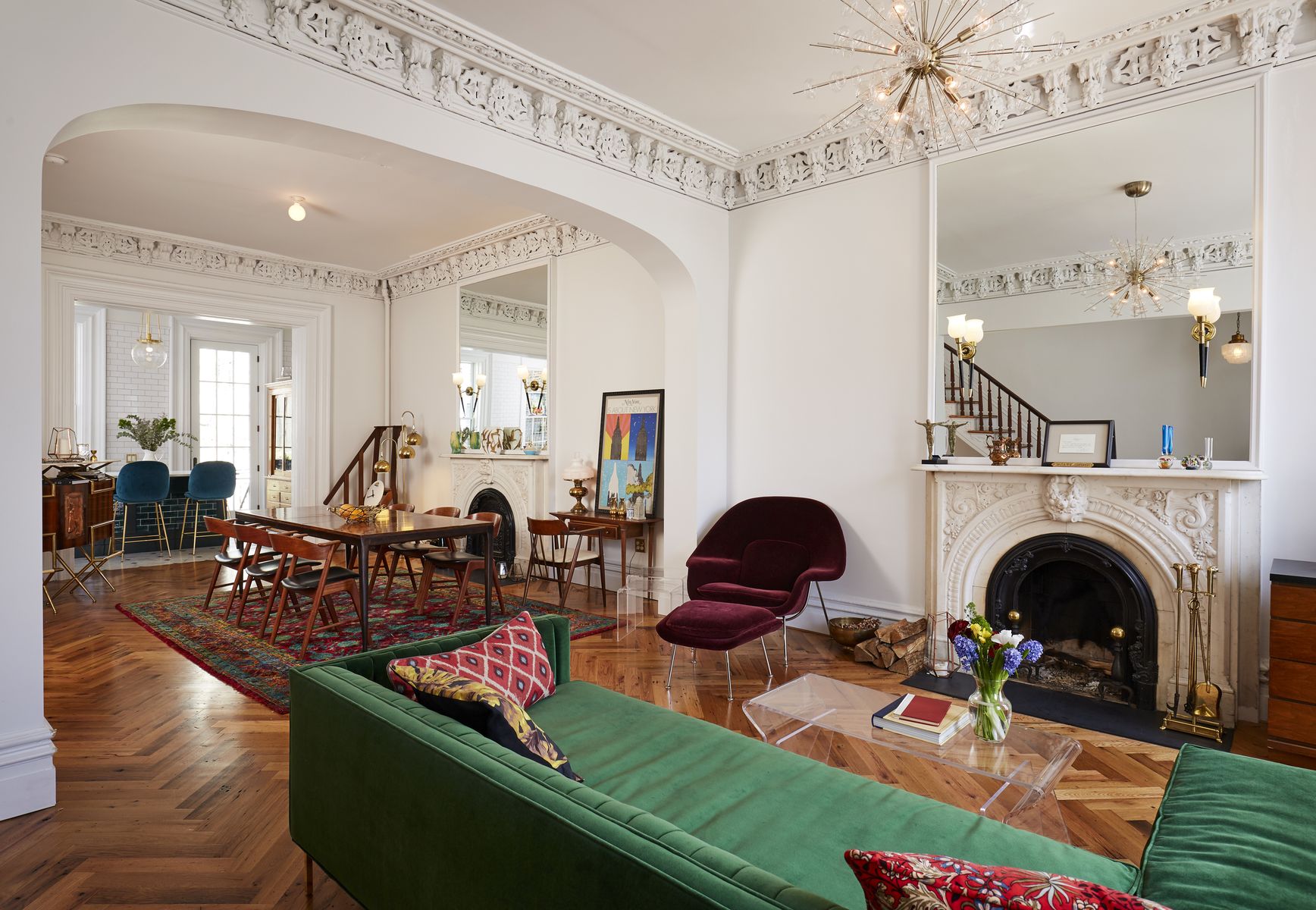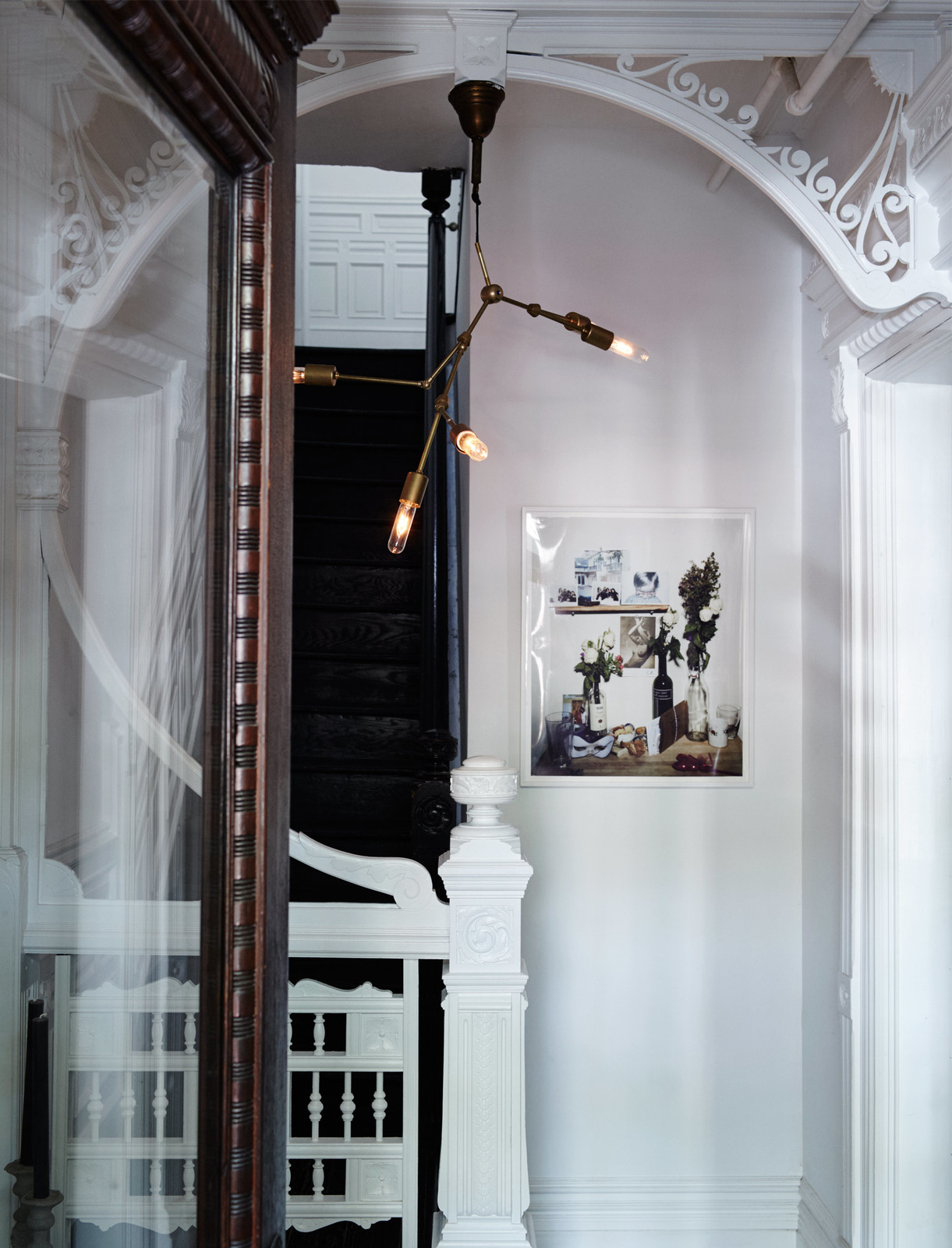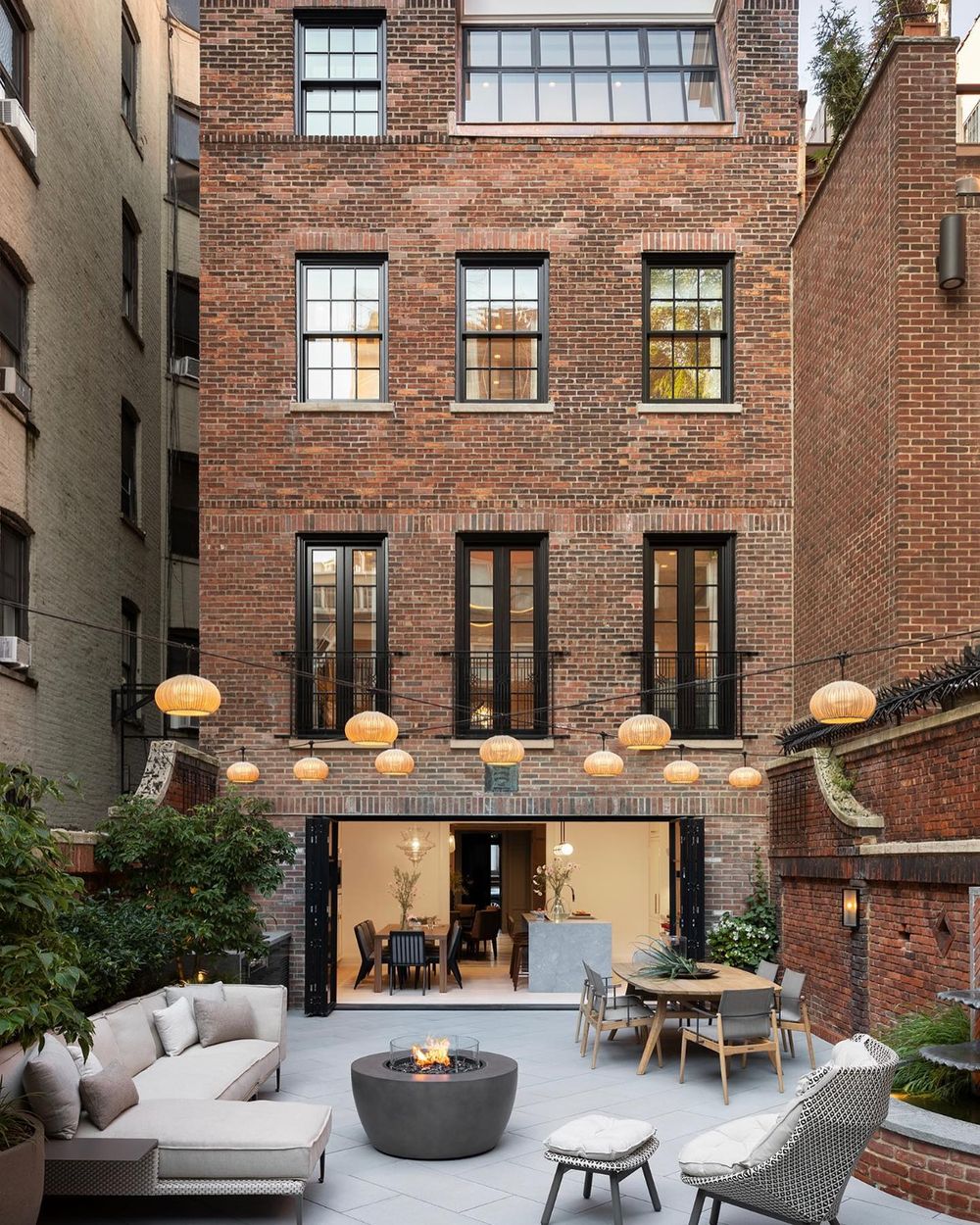Townhouses occupy an interesting middle ground between single-family detached homes and large apartment buildings. While not offering the same level of privacy and outdoor space as a detached single-family home, townhouses provide more room and separation than typical apartments.
Townhouses come in many shapes and sizes, but they generally share some key attributes like being two or more stories, having private entrances, and sharing common walls with neighboring units.
Let’s examine how townhouses combine aspects of apartments and houses while offering their own unique lifestyle. If you’re curious about these linkage homes and how they compare to other housing options, read on for an introduction to townhouse living!
What is a Townhome?
A townhome, also known as a townhouse, is a type of residential building. It shares walls with other similar units in a complex or row. Townhomes typically have multiple floors, often including a garage on the ground level.
They are distinct from apartments because townhome owners own both the interior and exterior of the unit, including any yard or patio space that comes with it.
Townhouse ownership also involves shared responsibility for any common areas (such as a shared pool) and amenities. This is usually managed by the homeowners association.
Townhomes offer a compromise between single-family homes and apartments, providing more space than an apartment but requiring less maintenance than a standalone house.
Here is a townhouse in Fort Green, Brooklyn with stunning interior architecture. If you’re lucky, you will find a contractor like Grant Davis Thompson to restore the home’s original charms while incorporating modern design and decorative elements that make the house your home.
Types of Townhouses
There are different kinds of townhouses found in the United States. These are the main types of townhouses:
- Standard Townhomes – The term townhome is sometimes used interchangeably with townhouse. Townhomes often have more elaborate amenities like a garage, balcony, and yard space. Traditional townhouses are often in a row and share one or two walls with adjacent units. These are common in urban settings and often have multiple floors.
- Row houses – This classic townhouse style lines up units in an attached row, usually with identical or mirrored floorplans. They efficiently use land and resources.
- Stacked townhouses – Stacked townhouses build units on top of each other, allowing for more density. The lower units may have a small yard.
- Duplexes or triplexes can be types of townhomes that consist of two or three separate residences within a single building, each with its own entrance.
- Courtyard townhouses – Courtyard townhouses are arranged around a shared courtyard, creating a sense of community while still having private entries.
- Walk-up townhouses – Walk-up townhouses have multiple floors accessible by stairs. They may have a shop on the ground level and a living space above.
- Flex homes – Flex homes are a versatile type of townhouse designed to accommodate different uses, like live/work spaces. They have flexible common areas.
- Carriage homes – Carriage homes are townhouses built above garages in the back of a lot. They make use of unused space.
- Luxury townhomes – Luxury townhouses come with high-end finishes, more space, and additional amenities. They are generally more expensive than other types of townhomes.
So in summary, the main types of townhouses come down to variations in design, layout, density, amenities, and location on the lot. But they all retain the townhouse spirit of connected, multi-story units!
Common Characteristics of Townhouses
Here are some of the most common characteristics and visible features of townhouses:
- Attached units – Townhouses are attached side-by-side and share common walls, unlike detached single-family homes. The shared walls make them more affordable.
- Multiple stories – Townhouses usually have at least two levels, sometimes three or more. This allows for more living space than single-story homes.
- Private entrance – Each townhouse has its own private entry directly from the outside, unlike apartments which share hallways. This provides more privacy.
- Common areas – Townhouse complexes often have shared common areas like courtyards, gardens, playgrounds, parking lots, etc.
- HOA fees – Townhouse owners must pay homeowners association (HOA) fees for maintenance of common areas and building exteriors. Fees help maintain amenities.
- Mixed materials – Townhouses may use various exterior materials like brick, wood, stucco depending on the architectural style.
- Compact footprint – The connected design gives townhouses a compact footprint compared to detached homes, efficiently using urban space.
- Vertical layout – Townhouses use a vertical layout to maximize living space while maintaining a small footprint. They often have tall, narrow proportions.
So in summary, townhouses strike a unique balance between apartments and single-family homes in their construction and layout.
Where to Find Townhouses in the USA
Townhouses can be found throughout the United States, both in urban and suburban areas. In cities, townhouses are often located in densely populated neighborhoods, offering a residential option that is more space-efficient than single-family homes.
They are commonly found in cities like New York, Boston, Philadelphia, and Washington, D.C., where land is at a premium. In suburban settings, townhouses are often part of planned communities that may include amenities like pools, gyms, and parks.
Buying a Townhouse
To find townhouses for sale or rent, you can use real estate websites, mobile apps, or work with a real estate agent who specializes in residential properties. Listings often specify the type of townhouse, its features, and whether it’s part of a community with an HOA. Newspaper classifieds, community bulletin boards, and referrals are also traditional methods for finding available townhouses.
It’s important to consider location, amenities, and ownership responsibilities, like HOA fees, when looking for a townhouse. Doing so will help you find a property that fits your needs, budget, and lifestyle.
Townhouse vs Condo
Townhouses and condos are both types of multi-unit residential properties, but they have key differences. A townhouse is a multi-floor home that shares one or both of its side walls with the adjacent houses. Townhouse owners manage the inside and outside of their units, including outdoor recreational space. Townhouses often come with multiple floors and may include a private garage.
A condo, or condominium, is a single unit within a larger building or complex. Condo owners own only the interior of their unit. The exterior of the building and common areas are owned collectively by all condo owners, usually through a homeowners association (HOA).
Both townhouses and condos often have HOAs that manage common areas and amenities. HOA fees are generally a regular expense for owners in both types of communities. However, the scope of what these fees cover can differ. In a condo, the HOA usually handles exterior maintenance, whereas in a townhouse community, owners might be responsible for the exterior upkeep of their own units.
In terms of privacy and layout, townhouses offer a more house-like feel that you don’t share and the bonus of having easily accessible outdoor space. Condos might be single-story units and are generally more similar to apartments.
The choice between a townhouse and a condo depends on your lifestyle, budget, and what kind of property ownership responsibilities you are comfortable with!
Townhouse Pros and Cons
Townhouses offer a range of pros and cons that prospective buyers or renters should consider. One of the main advantages is that townhouses generally offer more space and privacy than apartments. They often come with multiple floors, a garage, and a small yard or patio. Owning a townhouse means you own both the interior and exterior, giving you more control over your property.
Townhouses are usually less expensive to buy or rent than single-family homes in the same area, making them a more affordable option for many people. They are often part of communities with amenities like pools, gyms, and playgrounds, and they usually require less maintenance than single-family homes, as some of the upkeep may be covered by a homeowners association (HOA).
However, there are also downsides to consider. Townhouses usually share walls with adjacent units, which can result in less privacy and potential noise concerns. While you own the unit, you’re often bound by the rules and fees of an HOA, which can limit what you can do with your property and add an additional monthly or annual cost.
Outdoor space is generally limited to a small yard or patio, which may not be ideal for those looking for a larger outdoor area. Finally, because they are part of larger complexes, townhouses may offer less architectural individuality compared to single-family homes.
Weighing these pros and cons can help you decide if a townhouse is the right housing option for you!







